
“Sunset on a Set of Boxes Sitting,” image by aforgrave, on Flickr
Cross-Posted from a long comment response to a Doug Peterson (@dougpete) question, “Whatever Happened to Filemaker Pro?” on his Doug – Off The Record blog.
I knew when I read Doug’s post this morning that it would be impossible for me to let it go without commenting. But where to start? How could I start and not go on for hours and hours? And I expect that he knew that it would be difficult for me to not reply. I remember the day when John Taylor introduced us to one another at ECOO. I’m fairly certain he was looking at pushing the OSAPAC database of licensed software to the web from FileMaker at the time.
My original thought was that I would reply by writing my own post on my own blog. But the post would be out of the blue and wouldn’t have the context that Doug’s post provided. In the end, I posted a long comment on Doug’s blog, and based it on his prompt questions. To go broader would open the floodgates and I’d never get any sleep. But I did decide to cross-post it here to EdVisioned.ca all the same. After all, I spent upwards of five years from 1998 to 2003 breathing, eating, and sleeping in Filemaker. I’m sure I had a few Filemaker-inspired dreams along the way.
Have you ever developed a database application in Filemaker Pro?
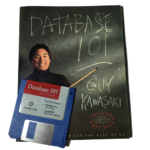 Oh, yeah. You know I have! It all began with a demo version on floppy disk in the back of Guy Kawasaki’s Database 101 book, purchased one lazy Sunday afternoon while browsing computer section at the the local bookseller, a year or so after I started teaching. That was pre-Chapters/Indigo, pre-Internet. But I did have a Mac, and a background in programming and Hypercard, and the first real project was to develop a lesson planner for a summer course I was taking. Why spend all that time formatting the pages when common fields across the various lessons in the unit could be automagically arranged, and I could add and re-sort the lessons with a nice table of contents to boot? I remember carrying that Mac to and from class and school in one of those big bags.
Oh, yeah. You know I have! It all began with a demo version on floppy disk in the back of Guy Kawasaki’s Database 101 book, purchased one lazy Sunday afternoon while browsing computer section at the the local bookseller, a year or so after I started teaching. That was pre-Chapters/Indigo, pre-Internet. But I did have a Mac, and a background in programming and Hypercard, and the first real project was to develop a lesson planner for a summer course I was taking. Why spend all that time formatting the pages when common fields across the various lessons in the unit could be automagically arranged, and I could add and re-sort the lessons with a nice table of contents to boot? I remember carrying that Mac to and from class and school in one of those big bags.
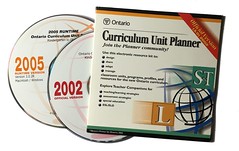
“Ontario Curriculum Unit Planner,” photo by aforgrave, on Flickr
Subsequent to that, the Class Organizer was a database that I developed and then shared at an ECOO SIG-ELEM in Kingston (Doug wrote about Special Interest Groups last weekend), and then came a school report card in my third year of teaching — followed by district Report Cards, Provincial Report Cards, and then the Ontario Curriculum Unit Planner (units still available via Queen’s University as PDFs) for the Ministry of Education.
Do you have a need for a database in the things you do on a computer?
To this day, I maintain student records and manage a bunch of classroom tasks from within Filemaker. Record keeping is the very raison d’être of a database, but the reality is that most folks do not “think” in terms of databases. I’ve had conversations with people over the years (looking at you, Peter Skillen) about how our thought processes and problem solving are influenced by the tools we understand and use. You are familiar with The Law of the Instrument, perhaps as initially clarified by Abraham Maslow in 1966: “I suppose it is tempting, if the only tool you have is a hammer, to treat everything as if it were a nail.” For years and years, the hammer of choice for many in Ontario was WordPerfect, and every single problem was solved with it. Now, decades later, comfort with spreadsheets has increased, but the subtleties of difference between spreadsheets and databases are lost to most. While visiting the Google Showcase at pre-ISTE NECC in 2009, I recall asking their booth folks if Google had a database program under development to complement Docs, Sheets, Slides — and I just received blank stares from the folks there. Now, a few years later, even Microsoft’s Access has disappeared from Office365. Databases are a hidden entity. They manage our finances, they organize and store our blog posts behind the interface of WordPress, but most people do NOT think of a database when faced with a database problem. It is not in our toolbox.
What sorts of things do you collect that would be suitable for inclusion in a database?
There was a time when I worked towards what one might call The Grand Unification of Data Architecture, where any and all information worth capturing was stored within a set of linked databases and was available to be searched and cross-linked and referenced with other related bits of data. Calendar entries, journal entries, financial data, family and contact information, events, presentations, goals, books and movies and media, quotes and research findings, long-range plans, any and all information belonged gathered together in a single related data-entity. As it has turned out, in the same way Facebook has given a web presence to the masses in a way that HTML never did, the multitude of mobile apps that exist today for managing groceries, workouts, friends, photos, and so on have provided everyone with a splintered and fractured collection of databases that can be used without truly understanding the methods beneath. Have a problem? There’s an app for that, no need to solve the problem yourself.
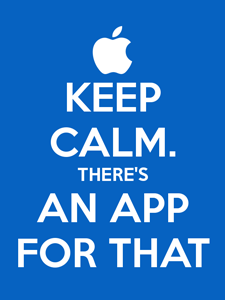 If you’re not using a Filemaker Pro version, what are you using instead?
If you’re not using a Filemaker Pro version, what are you using instead?
Over the years, I have played around with other data structures, MySQL being the most long-standing complement to my use of the latest versions of Filemaker. When the web really kicked into gear in the 2000s, the gathering and provision of data via AJAX became a new technological pursuit for me. That meant working with MySQL, HTML/CSS, and Javascript — three separate components. From the days of FileMaker 2.1 through FileMaker 15, one of the strongest features of FileMaker has been the way in which it marries the traditional modal-view-controller components within the domain of one application. With Filemaker, developers simultaneously manage the data structure, the interface, and the business logic. The most recent releases of Filemaker continue to support publishing web interface as well as generating mobile apps. For me, however, with today’s prevalence of apps and cloud computing, a lot of my data is stored within someone else’s data architecture. There are instances when I wish it were easier to hook the bits together, but the need to create things from scratch out of necessity has been supplanted over time with ready access to a multitude of specialized apps. The emerging potential of APIs has yet to be realized.
A Hammer, a Screwdriver, and a Flashlight?
In closing, as with coding, there is an untapped depth of problem solving potential that today’s learners are missing out on because the strengths and benefits of database structure and manipulation are not readily understood by folks. We have a wonderful category of tool available to support our thinking, but it’s not in the toolbox of the masses. A screwdriver may have joined the hammer for some, and perhaps a flashlight once in a while, but we really have yet to explore the full set of tools to which we truly need access. Databases are one such tool.

“I suppose it is tempting, if the only tool you have is a hammer, to treat everything as if it were a nail.” – Abraham Maslow, 1966.
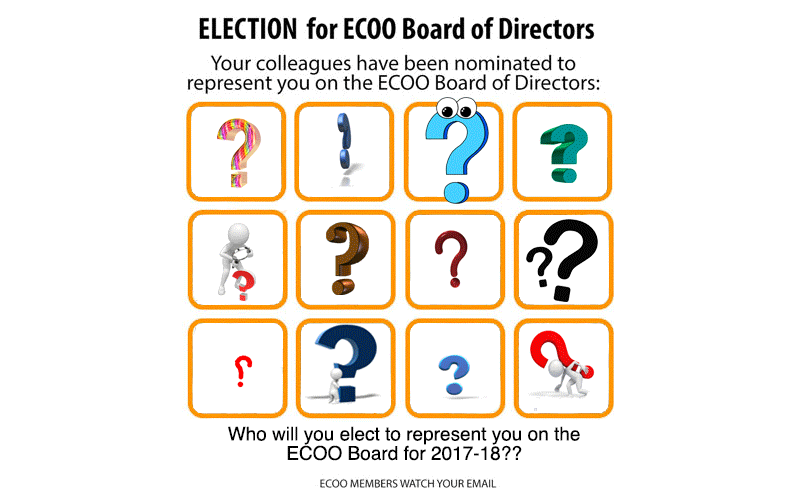



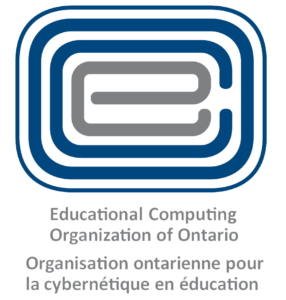 The Educational Computing Organization of Ontario (
The Educational Computing Organization of Ontario (

 Oh, yeah. You know I have! It all began with a demo version on floppy disk in the back of Guy Kawasaki’s
Oh, yeah. You know I have! It all began with a demo version on floppy disk in the back of Guy Kawasaki’s 

